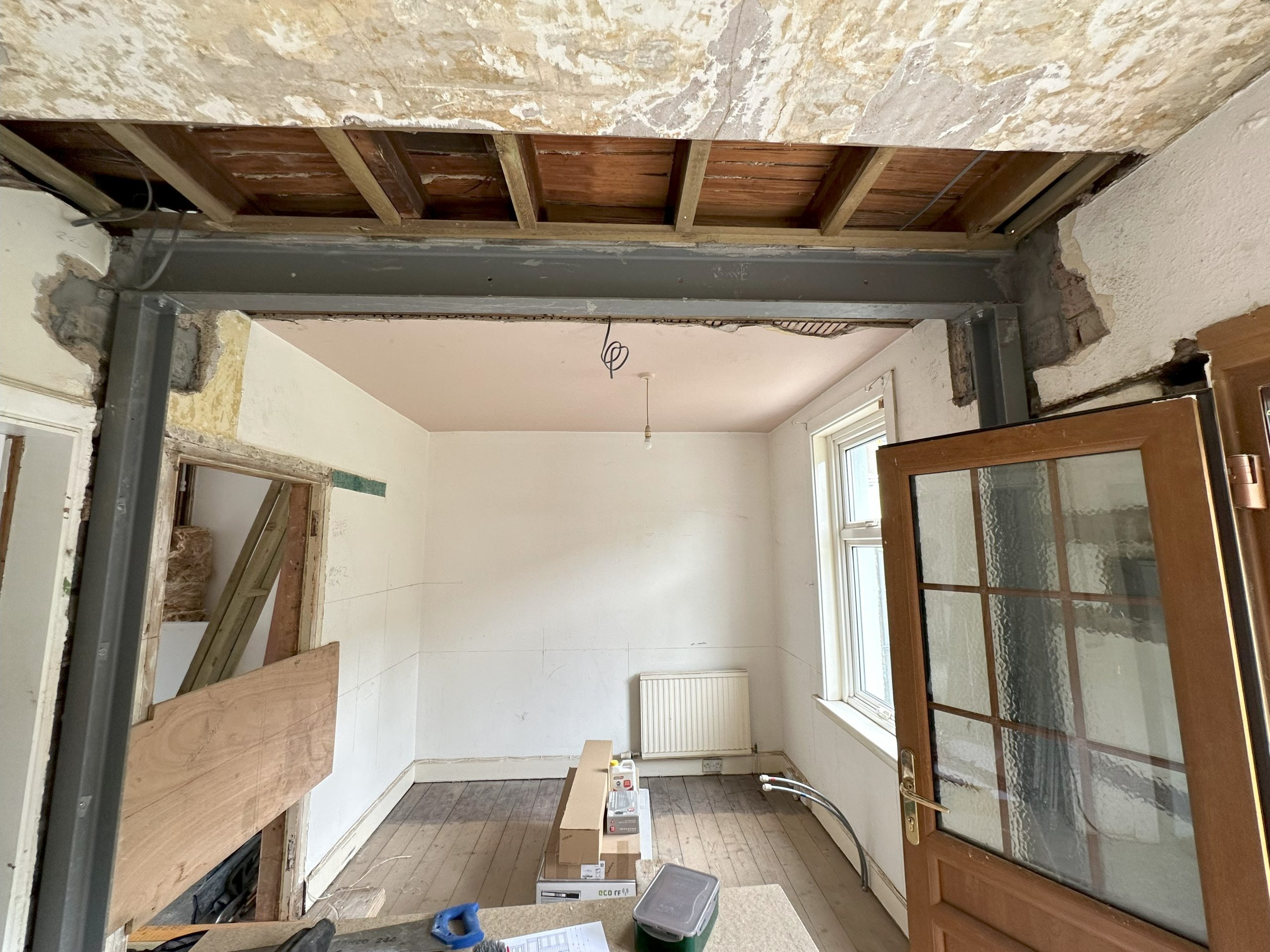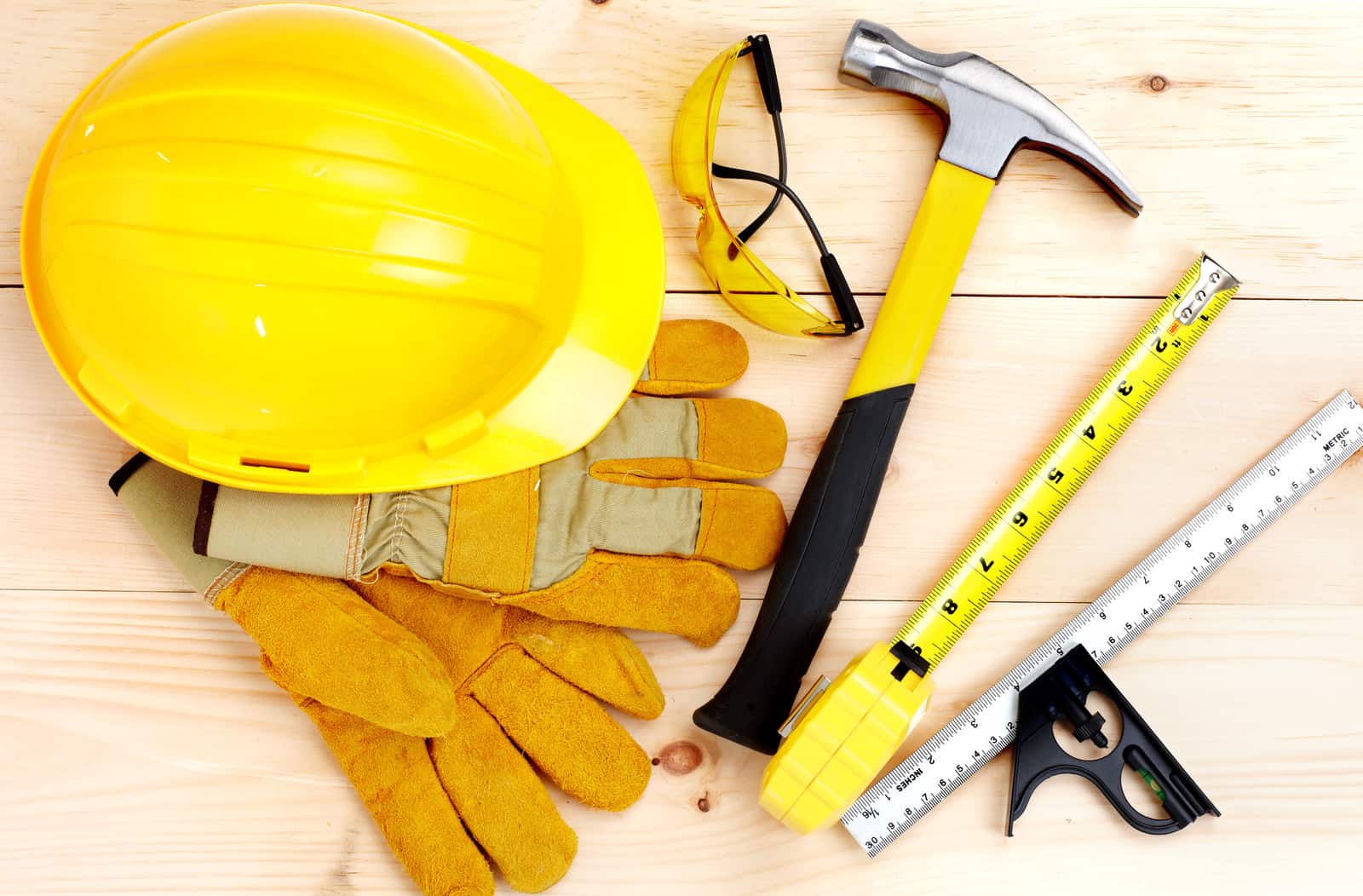What Needs to Happen Before Removing a Load-Bearing Wall?
Are you considering removing a load-bearing wall in your home?
It might seem like a simple task, but it’s important to understand the potential risks and necessary precautions before starting. Proper planning and execution are crucial to ensure the structural integrity of the building.
Before removing a load-bearing wall, several key steps need to be taken to ensure the safety and stability of the structure. It’s important to have a structural engineer assess the wall in question, understand building permission requirements, obtain all necessary permissions, install temporary supports, and follow a step-by-step guide to removing the wall.
Additionally, it’s highly recommended to hire a professional contractor for the job.
Key Takeaways:
- Building permissions are required for load-bearing wall removal.
- Proper planning and execution are crucial for load-bearing wall removal.
- A structural engineer assessment is necessary to determine load-bearing capacity and identify risks.
- Reinforcing the load-bearing wall and installing temporary supports are important measures to ensure structural stability.
- Analyzing load distribution is necessary to prevent structural damage.
- Following a step-by-step guide and hiring a professional contractor are highly recommended for safe removal.
- Safety precautions must be taken during the entire process

Understanding Building Permit Requirements
In the UK, building permits are required for most construction projects, including removing a load-bearing wall. It is important to obtain the necessary permits to ensure that the work is performed legally and safely.
In Scotland a building warrant is required, in England and Wales, Building Regulation approval is required.
If your house is a listed building then planning approval is also required.
Typically, building warrant and building regulation approval applications include detailed information about the project, such as Architectural plans, a full written specification, the scope of work, materials to be used, and structural plans. It is essential to provide accurate and detailed information to ensure the application is approved and the work is safe and legal.
We can help you gain the required approvals
Structural Engineer Assessment
Before removing a load-bearing wall, it is crucial to conduct a thorough structural engineer assessment to determine the wall’s load-bearing capacity and identify any potential risks. As a homeowner, you may not have the knowledge or expertise needed to make such an assessment.
Therefore, it’s highly recommended that you hire a qualified structural engineer to conduct the assessment for you. The engineer will analyze the wall’s load-bearing capacity and determine whether any additional support is necessary.
The load-bearing wall inspection will involve a detailed analysis of your home’s structure, including the foundation, frame, and roof. The engineer will assess the wall’s construction, its position within the structure, and its interaction with other load-bearing walls and supports.
Based on the engineer’s findings, you may need to implement load-bearing wall engineering measures to reinforce the wall before removal. In some cases, removing a load-bearing wall without proper reinforcement can cause structural damage to your home, which can be costly to repair.
Load-Bearing Wall Analysis
Load-bearing wall analysis typically involves a range of tools and techniques that the engineer will use to determine the wall’s load capacity. The engineer may use a variety of analysis methods, including:
- Visual inspection – the engineer will examine the wall visually and look for any visible signs of weakness or damage. This may include an intrusive investigation, such as removing the plasterboard to see the wall head.
- Measurement – the engineer may use specialized equipment to measure the wall’s thickness and assess the materials used in its construction.
Based on the load-bearing wall inspection and analysis, the engineer will provide you with a detailed report that outlines the wall’s load-bearing capacity, any potential risks associated with its removal, and any necessary measures required to ensure structural stability.
It’s essential to obtain a building warrant or building regulations approval for load-bearing wall removal, and the structural engineer will provide the necessary documentation required for the application process.
Installing Temporary Supports
When removing a load-bearing wall, it’s crucial to maintain structural integrity throughout the process. That’s where temporary supports come in. These help to distribute the weight bearing by that wall so that it doesn’t collapse during the removal process. There are various types of temporary supports you can use, including:
- Adjustable steel columns
- Wooden beams
- Jack posts
Before you install temporary supports, it’s important to ensure that they can handle the weight of the wall and the load it’s carrying. Failure to do so could result in accidents or even structural failure.
Once you have the right temporary supports, follow these steps for installation: (for illustration only, always seek professional advice)
- Place the temporary supports on the floor, directly under the load-bearing wall.
- Use a hydraulic jack to raise the support until it’s snug against the wall.
- Adjust the support to the correct height using the hydraulic jack.
- Secure the support to the wall and floor with nails or bolts.
Once the supports are installed, you can proceed with the actual removal of the load-bearing wall with added safety.

Analyzing Load Distribution
One important aspect of load-bearing wall removal is analyzing load distribution. This involves determining how much weight the remaining structure can support after the wall has been removed. It’s important to conduct load calculations to ensure that the structure can handle the additional load and prevent the risk of collapse.
Load distribution analysis should be conducted by a structural engineer with experience in load-bearing wall removal. This professional can assess the structure’s load-bearing capacity by evaluating factors such as the building’s age, construction materials, and overall condition.
The structural engineer will also take into account the loads that the structure will be subjected to, including dead loads (the weight of the building materials and fixtures) and live loads (the weight of the people, furniture, and other movable objects). By factoring in all of these variables, the engineer can determine the appropriate load distribution for the remaining structure.
Schedule a Conversation Today!
Step-by-Step Guide to Removing a Load-Bearing Wall
Removing a load-bearing wall is a complex process that requires careful planning and execution. Here is a step-by-step guide to help you safely remove a load-bearing wall:
- Obtain Necessary Building Permits: Before you begin the removal process, you must obtain the necessary building permits for load-bearing wall removal. Ensure that you follow all local regulations and requirements to avoid any legal issues in the future.
- Conduct a Structural Engineer Assessment: The next step is to hire a structural engineer to assess the wall’s load-bearing capacity and identify potential risks. Based on the engineer’s assessment, you can determine the appropriate course of action for the removal process.
- Install Temporary Supports: Install temporary supports to hold the weight of the structure while the load-bearing wall is being removed. These supports can be anything from steel frames to wooden beams.
- Analyze Load Distribution: Analyze load distribution to ensure the remaining structure can support the weight of the building. Calculate the load-bearing capacity of the remaining structure after wall removal to prevent any structural damage.
- Remove the Wall: Finally, you can begin to carefully remove the wall. Cut out sections of the wall a little at a time, and gradually remove the load-bearing structure while ensuring the temporary supports are doing their job.
- Clean Up: Once the wall is removed, clean up the debris and any leftover materials to prevent accidents.
Remember, removing a load-bearing wall is a complex process that should only be done by a professional contractor with the necessary experience and qualifications. Hiring the right contractor, obtaining building permits, and following all safety precautions are critical to ensuring a successful and safe load-bearing wall removal process.
Hiring a Professional Building Contractor
When it comes to removing a load-bearing wall, it’s important to hire a professional contractor who has the necessary experience and qualifications to ensure a safe and successful project.
A qualified contractor will have a thorough understanding of load-bearing wall removal and its complexities.
When choosing a contractor, it’s important to do your research. Look for companies that specialize in load-bearing wall removal and have a good track record of successful projects. It’s also important to ensure the contractor is insured, giving you peace of mind in case of any accidents or damages.
Overall, hiring a professional contractor is essential for a safe and successful load-bearing wall removal project. Don’t take any risks by attempting to do it yourself, entrust the task to a qualified team of professionals.

Conclusion
Removing a load-bearing wall is a major undertaking that should not be taken lightly. As I have outlined in this article, proper planning and execution are essential to ensure the safety and structural integrity of your home.
Before attempting to remove a load-bearing wall, it is important to conduct a structural engineer assessment to determine the wall’s load-bearing capacity, identify potential risks, and reinforce the wall if necessary. Obtaining the necessary building permits and following building regulations are also crucial steps to take.
During the removal process, temporary supports should be installed to maintain structural stability and load distribution should be carefully analyzed to prevent structural damage. Hiring a professional contractor with the necessary qualifications and experience is highly recommended.
Finally, safety should always be a top priority when removing a load-bearing wall. Be sure to take all necessary precautions to ensure a safe working environment.
By following these steps and seeking professional assistance when necessary, you can safely and successfully remove a load-bearing wall and transform your living space.
FAQ
Q: What needs to happen before removing a load-bearing wall?
A: Before removing a load-bearing wall, it is crucial to conduct a structural engineer assessment to determine the wall’s load-bearing capacity and identify any potential risks. Additionally, obtaining the necessary building permits and reinforcing the wall are important steps to ensure structural stability.
Q: How can a structural engineer assessment help in load-bearing wall removal?
A: A structural engineer assessment plays a vital role in load-bearing wall removal. It helps determine the load-bearing capacity of the wall and identifies any potential risks or complications that may arise during the removal process. This assessment ensures the safety and stability of the structure.
Q: What are the building permit requirements for load-bearing wall removal?
A: Load-bearing wall removal requires obtaining a building warrant or building regulations approval
Q: Why is installing temporary supports important during load-bearing wall removal?
A: Installing temporary supports is crucial to maintaining the structural integrity of the building while the load-bearing wall is being removed. Temporary supports such as support beams provide stability and prevent any structural collapse or damage until permanent replacements and alterations are in place.
Q: What are the step-by-step instructions for safely removing a load-bearing wall?
A: Safely removing a load-bearing wall requires following a step-by-step guide. This includes conducting the necessary assessments, obtaining permits, reinforcing the wall, installing temporary supports, ensuring proper load distribution, and taking safety precautions at each stage of the removal process.
Q: Why is hiring a professional contractor important for load-bearing wall removal?
A: Hiring a professional contractor for load-bearing wall removal is essential as they possess the necessary qualifications and experience to ensure a safe and successful removal process. They can navigate the complexities of the project, adhere to building regulations, and provide the expertise needed to complete the task efficiently.
Q: What safety precautions should be considered during load-bearing wall removal?
A: Load-bearing wall removal involves certain risks and dangers that need to be addressed. It is crucial to take safety precautions such as wearing protective gear, securing the area, and working in a controlled and organized manner. Additionally, it is important to be aware of any potential hazards and follow proper safety protocols.
Q: What considerations should be made during load-bearing wall removal planning?
A: When planning for load-bearing wall removal, careful consideration should be given to factors such as the structural integrity of the building, proper load distribution, obtaining permits, reinforcing the wall, and hiring a professional contractor. Following these considerations will ensure a successful and safe removal process.

